“When VOA Bangla launched in January 1958, Bangladesh was known as 'East Pakistan' and it was a territory under martial law with no television or private radio,” said John Lippman, Acting VOA Programming Director. “VOA’s shortwave radio transmissions from outside the borders were a lifeline to the Bangla-speaking population for independent news and information.”
While the service’s shortwave radio audience is now less than one percent, VOA Bangla social media audiences have grown significantly in recent years. Engagement actions on the Twitter account have risen 54% over the previous year, while video views on Instagram are up 274% in the same period.
“Dozens of domestic television and radio stations compete for Bangla-speaking audiences, as well as an increasing number of digital sources,” Lippman noted. “As the demand for TV and online access to news in Bangladesh expands, VOA’s Bangla service program offerings need to be on the platforms its audience already is most active.”
“VOA Bangla radio broadcasts brought world events to its audiences since the days when radio was the primary news medium,” Acting VOA Bangla Service Chief Satarupa Barua told staff this month. “It was a staple in our upbringing, a household name. We will build on that reputation, increasing our presence on media that is now far more heavily used than short wave and medium wave radio.”
During the final days of its radio broadcasts, the service will broadcast retrospective programming, looking back at the changes in the country since 1958. “Because of our service’s history in Bangladesh, working at VOA has been the ‘dream job’ for many of us. With the coming changes, it will continue to be,” Barua added.
This change in radio programming will not affect broadcasts of “Lifeline”, a 30-minute daily radio program in the Rohingya language, spoken by Muslim refugees in Bangladesh who fled ethnic violence in Myanmar. Produced by the Bangla service, the program launched in July 2019.
Press Releases



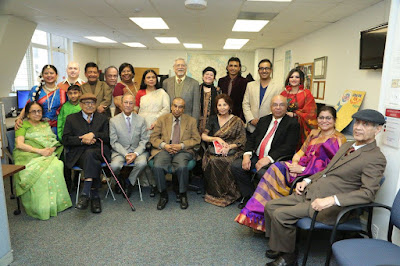
















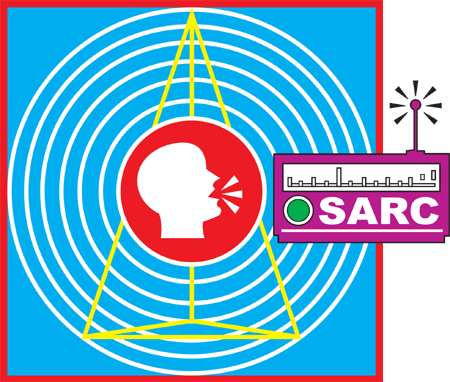

























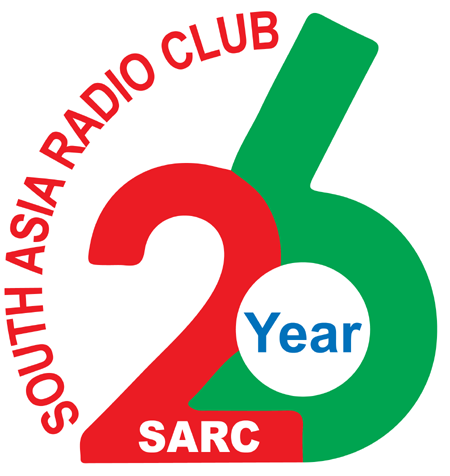





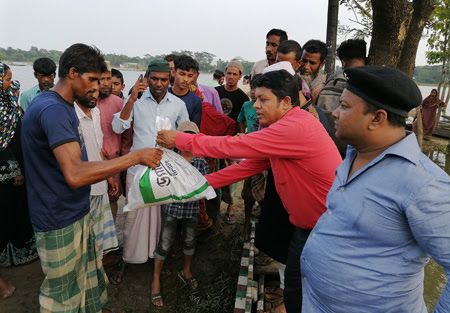




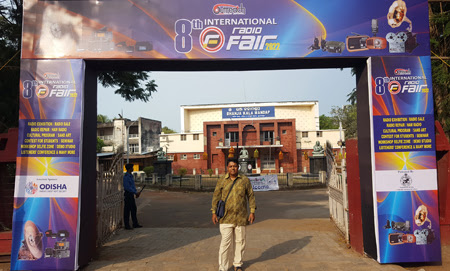









































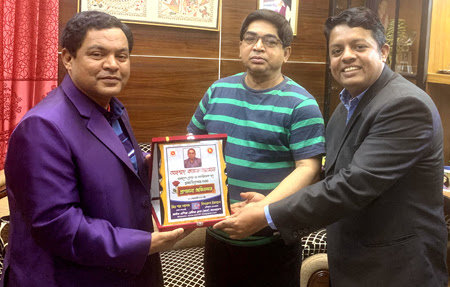

































































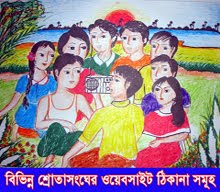





























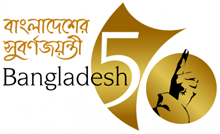






























No comments:
Post a Comment